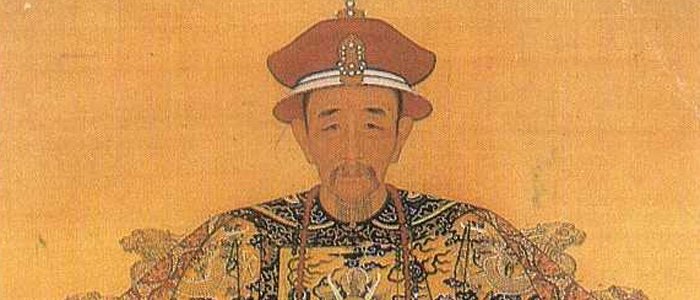Yarrow stalk consultation procedure
(from the The Original I Ching Oracle , Watkins Publishing, London, 2005, Introduction)
The traditional way to form a hexagram uses fifty short sticks, traditionally prepared from stalks of yarrow (Achillea millefolium), a common plant in all temperate climates. Yarrow stalks are cut during the summer, when the plant is fully developed, and are left to dry for a few months. If you do not have yarrow stalks, any sticks of manageable size, say between three and ten inches long, will do.
The procedure, which will be described explicitly in the following paragraphs, is thus outlined in the Xi Ci, the Great Treatise, the fundamental commentary on the cosmological symbolism of the oracular texts:
The number of the total is fifty. Of these forty-nine are used. They are divided into two portions, to represent the two primal forces. Hereupon one is set apart, to represent the three powers. They are counted through by fours, to represent the four seasons. The remainder is put aside, to represent the intercalary month. There are two intercalary months in five years, therefore the putting aside is repeated, and this gives the whole.
(Xi Ci, I, 9, Wilhelm-Baynes translation)
The witness
From the bunch of fifty yarrow stalks take one and put it aside. It will be a silent witness to your whole consultation. It symbolizes the center of the world, the axis of heaven and earth, the one, the unmoving center of all change. The Taoist philosopher Wang Bi (226-249) wrote:
Fifty is the number of the great expansion (the number accounting for the transformations of heaven and earth). The fact that only forty-nine [yarrow stalks] are used means that one is not used. Since it is not used, its use is fully realized; since it is not a number [like the others], numbers can accomplish their work. It is the tai ji of change…
(Wang Bi, Xi Ci Zhu, I, 8)
Forming a line
First step
Divide the remaining forty-nine stalks into two random portions. This opening gesture (which will be repeated three times for each line of the hexagram) is the crucial moment of divination: symbolically it corresponds to opening up to receiving the answer to your question. Take a stalk from the left portion and put it between the little finger and the ring finger of your left hand. Count the stalks of the right portion by dividing them in groups of four, until you have a remainder of one, two, three or four stalks (if there is an exact number of groups of four stalks, the whole last group is the remainder). Put this remainder between the ring finger and the middle finger of your left hand.
Now count the stalks of the left portion in groups of four in the same way, and put the remainder between the middle finger and the index finger of your left hand.
Set aside the stalks you have between your fingers (if you have done things right, their number will be either five or nine) and collect all groups of four (right and left) in a single bunch again.
Second step
Again divide the bunch into two random portions; again take a stalk from the left portion; and again count the stalks in the right and left portions in groups of four, exactly as before, putting the remainders between the fingers of your left hand. Set aside the stalks you have between your fingers (this time their number will be either four or eight). Keep them separate from those you have set aside before (a convenient way of doing this is laying them across each other): this will remind you that you have just performed the second step of the procedure. Then collect all groups of four (right and left) in a single bunch again.
Third step
Repeat the same sequence of operations a third time: divide in two random portions, take a stalk from the left portion, count the stalks in the right and left portions in groups of four, set aside the remainders (again their number must be either four or eight). This time leave the groups of four spread out in front of you and count them. Their number will be 6, 7, 8 or 9.
Write this number down and next to it draw the appropriate type of line according to the table:
6 old yin --- x --- (transforming)
7 young yang --------- (stable)
8 young yin --- --- (stable)
9 old yang --- o --- (transforming)
This is the first (i.e., bottom) line of your hexagram.
Forming a hexagram
Repeat the same three steps for each of the following lines of your hexagram, building the hexagram from the bottom up.
